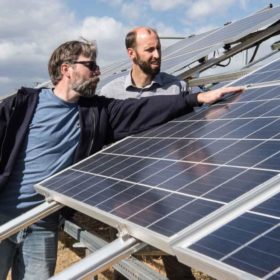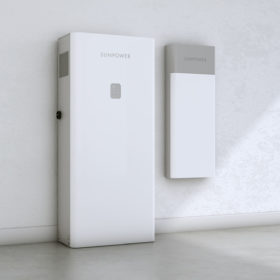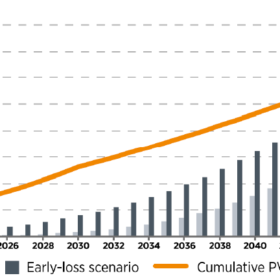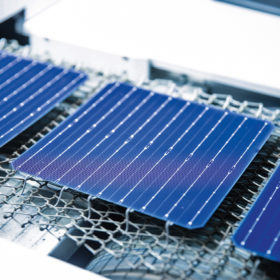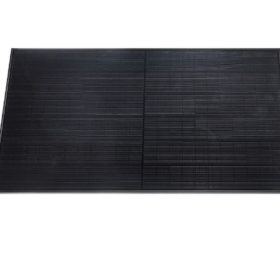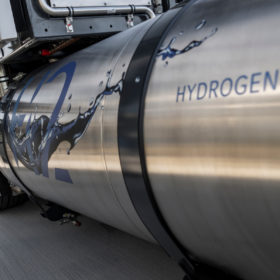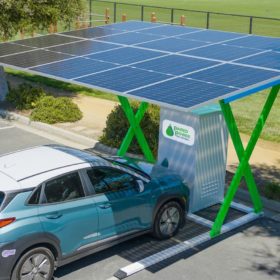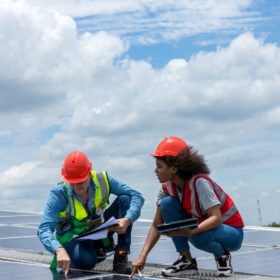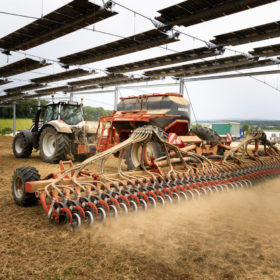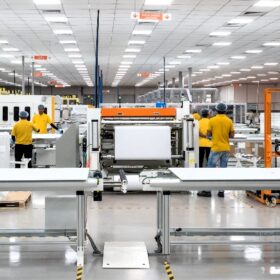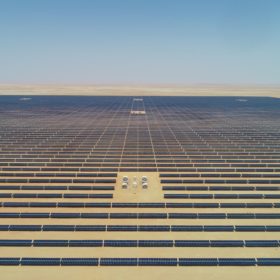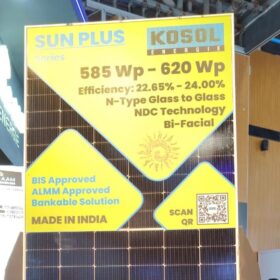How long do rooftop residential solar panels last?
Multiple factors affect the productive lifespan of a residential solar panel. In the first part of this series, we look at the solar panels themselves.
Sunpower launches two new batteries for residential applications
The two batteries have a storage capacity of 13 and 19.5 kWh, respectively. Both lithium-ion systems use LiFePO4 as the cathode material and have a round-trip efficiency of over 86%.
Enel unveils 680 W n-type heterojunction solar panel for utility-scale applications
Enel Green Power’s new solar panel has average efficiencies ranging from 22.6% to 22.9% and a temperature coefficient of -0.24% per degree Celsius. It is based on an n-type solar cell with G12 format and a power conversion efficiency of 24.6%.
IEA PVSP predicts high-cost, low-revenue scenario for solar recycling
A recent report by the International Energy Agency Photovoltaic Power Systems Programme (IEA PVSP) reviews the current regulatory and industrial landscape for end-of-life PV management in Germany, France, Italy, Spain, Japan, South Korea, China, Australia, and the United States.
The long read: Integrated solar manufacturing giants emerge
The giants of the Chinese PV industry are now integrated along both ends of the supply chain, amid expectations for strong demand and price volatility. Module makers are adding polysilicon capacity, while poly and wafer producers are making module production a part of their business. But do companies still face the same risks that have brought down vertically integrated solar giants in the past? Vincent Shaw reports from Shanghai.
Panasonic presents 22.2% efficient all-black heterojunction solar module compatible with its Evervolt battery
The new module series has a power output ranging from 420 to 430 W, a temperature coefficient of -0.26% per degree Celsius, and an efficiency of up to 22.2%.
Hydrogen to play limited role in building energy supply
How much hydrogen is actually needed? Several German research institutes have examined 40 energy scenarios for hydrogen ramp-up and found that 15 million GWh of hydrogen will be needed worldwide by 2050.
US startup unveils 5 kW solar canopy for EV charging
Paired Power said its new 5 kW solar canopy measures 3.2 meters x 5.2 meters x 3.7 meters and can host up to 10 bifacial solar panels. It can be used in on-grid or off-grid modes and can be paired with lithium-ion battery storage systems up to 40 kWh in size.
Solar PV employed around 3.4 million people in 2021
Almost half of the workers were employed in China, around 280,000 in North America, over 260,000 in Europe, and some 50,000 in Africa, according to a new report by the International Energy Agency (IEA). The vast majority of workers were employed in manufacturing and installation of new capacity, with solar jobs paying lower wage premiums than the nuclear, oil, and gas industries.
Agrivoltaics for arable crops
French developer TSE has commissioned its first agrivoltaic pilot project in northeastern France. The 2.4 MW installation spans 3 hectares and is installed on arable land devoted to the cultivation of soya, wheat, rye, barley, and rapeseed.
